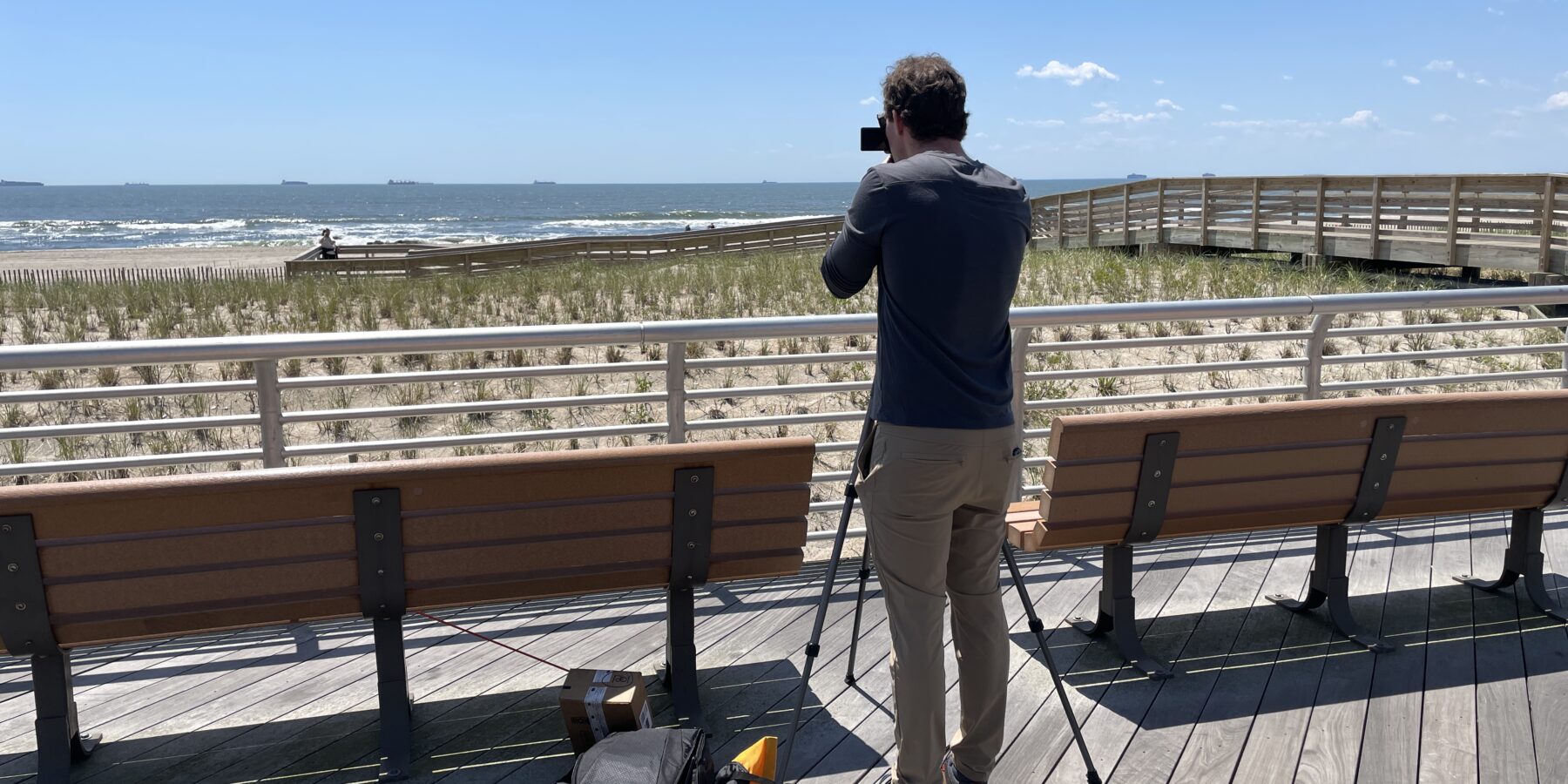Restoring the Role of Oysters as Ecosystem Engineers

New York City wasn't always “The Big Apple."
Previously known as “The Big Oyster,” New York Harbor in the 1700 and 1800s contained oyster beds so extensive, New York and New Jersey coastlines supplied oysters to markets as far as Europe. The state of current habitats in the area are a far cry from what they used to be, however, leaving us to embrace engineered solutions to restore them to the ecosystem cornerstone they once were.
Oyster habitats are on the decline globally due to overharvesting, habitat alteration, disease, and pollution. Populations of the Eastern oyster on the Atlantic coast of the United States, Crassostrea virginica, have been particularly hard hit.
For generations, these mollusks served as an important food source for Native Americans and settlers up until 1927 when the last of New York’s oyster beds were closed off for public and commercial consumption due to overharvesting and pollution. As far back as we can trace, oysters in New York have declined to less than 1 percent of their historical population levels.

Oyster Restoration in New York Harbor
While previous oyster restoration efforts have been primarily focused on sustaining oyster fisheries, recent restoration efforts have shifted their focus to restoring the ecological functions of oyster habitats and their role as ecosystem engineers.
Strategies focus on increasing habitat diversity by installing hard structures that oysters can latch to and settle, like reef balls and gabion baskets. Not only do these reef structures support oyster population growth, but they also provide shelter to other aquatic life and aid in protecting our coastlines against storms.
This type of ecosystem-based restoration is in widespread practice throughout the estuaries of the U.S. Atlantic, Pacific, and Gulf coasts. More recently, ecosystem-based oyster restoration has been implemented in heavily impacted urban areas such as the Hudson River Estuary and the New York-New Jersey Harbor.
As a cornerstone of our ecosystem, oysters provide structure, shelter, food and foraging areas for many ecologically, commercially, or recreationally important vertebrate and invertebrate species.
Additionally, they improve water clarity and quality through their filter-feeding activities and provide stabilization to adjacent shorelines and habitats such as saltmarshes and submerged aquatic vegetation beds.
AKRF has worked with partners at the Hudson River Foundation, Hudson River Park Trust, Billion Oyster Project, and numerous universities on oyster habitat restoration efforts, including the Tappan Zee Bridge Oyster Mitigation Project, Tribeca Habitat Enhancement Project, and the Gansevoort Habitat Enhancement Project.
In addition to the ecosystem benefits provided by these urban restoration projects, they facilitate community outreach and education, allowing citizens to become more interested and invested in the environmental health of their communities.
While contemporary restoration strategies contribute towards a more abundant future for oyster populations, further research, education and funding is pivotal to continue moving forward in a positive direction.









